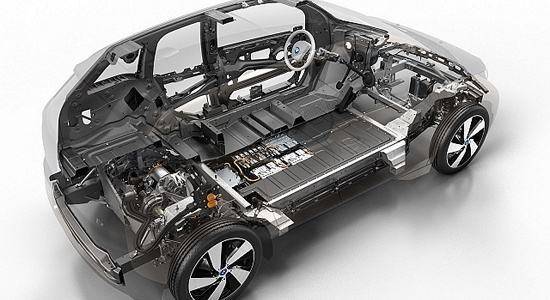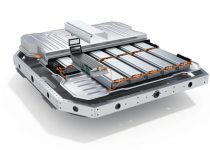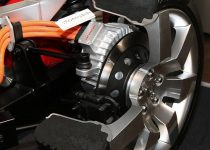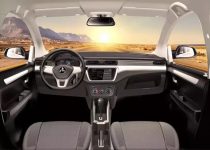How does the efficiency of an electric vehicle compare to that of an ICE vehicle?

Electric vehicles (EVs) are generally more energy-efficient than internal combustion engine (ICE) vehicles. The efficiency of a vehicle can be described as the proportion of energy input that is converted into useful work, such as propelling the vehicle forward. Here’s a comparison of the efficiency of EVs and ICE vehicles:
- Energy conversion efficiency: EVs have significantly higher energy conversion efficiency than ICE vehicles. Electric motors can convert around 85-95% of the electrical energy from the battery into mechanical energy to drive the wheels. In contrast, ICE vehicles typically convert only around 20-30% of the chemical energy stored in gasoline or diesel fuel into mechanical energy, with the rest lost as heat and friction.
- Regenerative braking: EVs utilize regenerative braking, which captures some of the kinetic energy lost during deceleration and converts it back into electrical energy, storing it in the battery. This process increases overall efficiency and extends the driving range. ICE vehicles do not have this capability, and the energy is generally lost as heat during braking.
- Idling losses: ICE vehicles consume fuel and produce emissions even when idling, whereas EVs do not have this issue. Electric vehicles can essentially “switch off” when stationary, using little to no energy, which further improves their efficiency.
- Drivetrain losses: EVs typically have simpler drivetrains with fewer moving parts, which reduces energy losses due to mechanical friction. ICE vehicles have more complex drivetrains, including transmissions, which can result in higher energy losses.
- Energy source efficiency: The overall efficiency of an electric vehicle also depends on the efficiency of the energy source used for charging. Electricity generated from renewable sources like solar, wind, or hydropower is more sustainable and environmentally friendly than that generated from fossil fuels. When charged using clean electricity, EVs can be much more efficient and eco-friendly than ICE vehicles from a well-to-wheel perspective.
In summary, electric vehicles are generally more efficient than ICE vehicles due to their higher energy conversion efficiency, regenerative braking, reduced idling losses, and simpler drivetrains. The efficiency of the energy source used for charging also plays a role in the overall efficiency of an EV, with renewable energy sources further enhancing their environmental benefits.
- Thermal efficiency: EVs are more efficient in converting stored energy into useful work, even in varying temperature conditions. Although EV range can be affected by extreme cold or heat, they still perform better in terms of energy efficiency than ICE vehicles, which have a narrower range of optimal operating temperatures for efficient combustion.
- Torque delivery: Electric motors deliver instant torque across a wide range of RPMs, allowing for smooth, efficient acceleration and power delivery. ICE vehicles usually require more complex transmission systems to achieve optimal torque delivery, resulting in additional energy losses and less efficient power transfer.
- Maintenance efficiency: The simpler design and fewer moving parts in EVs often result in lower overall maintenance requirements, contributing to higher long-term efficiency. While ICE vehicles need regular oil changes, exhaust system maintenance, and other engine-related services, EVs have fewer such needs, reducing energy and resource consumption associated with maintenance.
- Weight efficiency: Although EV batteries can be quite heavy, EVs often compensate for this by using lightweight materials and design optimizations. This helps maintain overall efficiency by reducing the energy required to move the vehicle. ICE vehicles, on the other hand, often have heavier engines and drivetrain components, which can increase energy consumption.
- Aerodynamic efficiency: Many EVs are specifically designed with aerodynamics in mind to minimize air resistance and maximize efficiency. While some ICE vehicles also prioritize aerodynamics, the focus on efficiency is generally more pronounced in EV design.
Overall, electric vehicles offer several advantages in terms of efficiency compared to internal combustion engine vehicles. They have higher energy conversion efficiency, benefit from regenerative braking, and generally have simpler drivetrains with fewer energy losses. Additionally, factors such as thermal efficiency, torque delivery, maintenance efficiency, and aerodynamic design contribute to making EVs more efficient transportation options.


